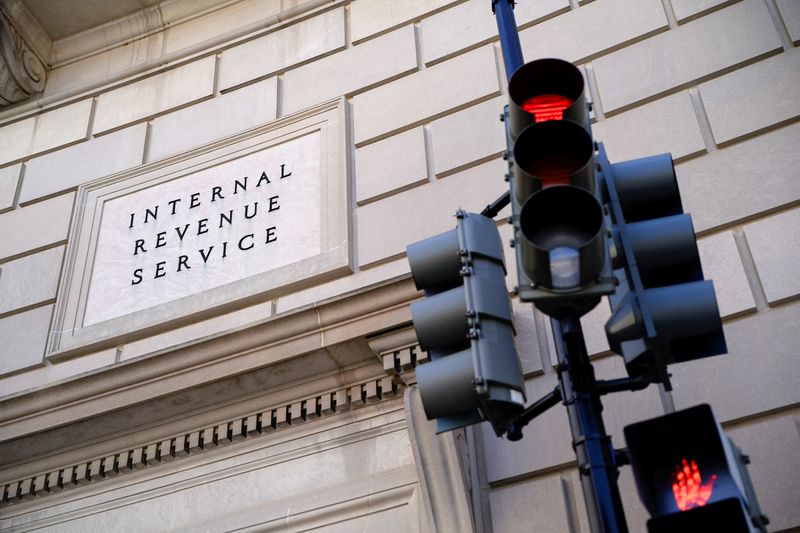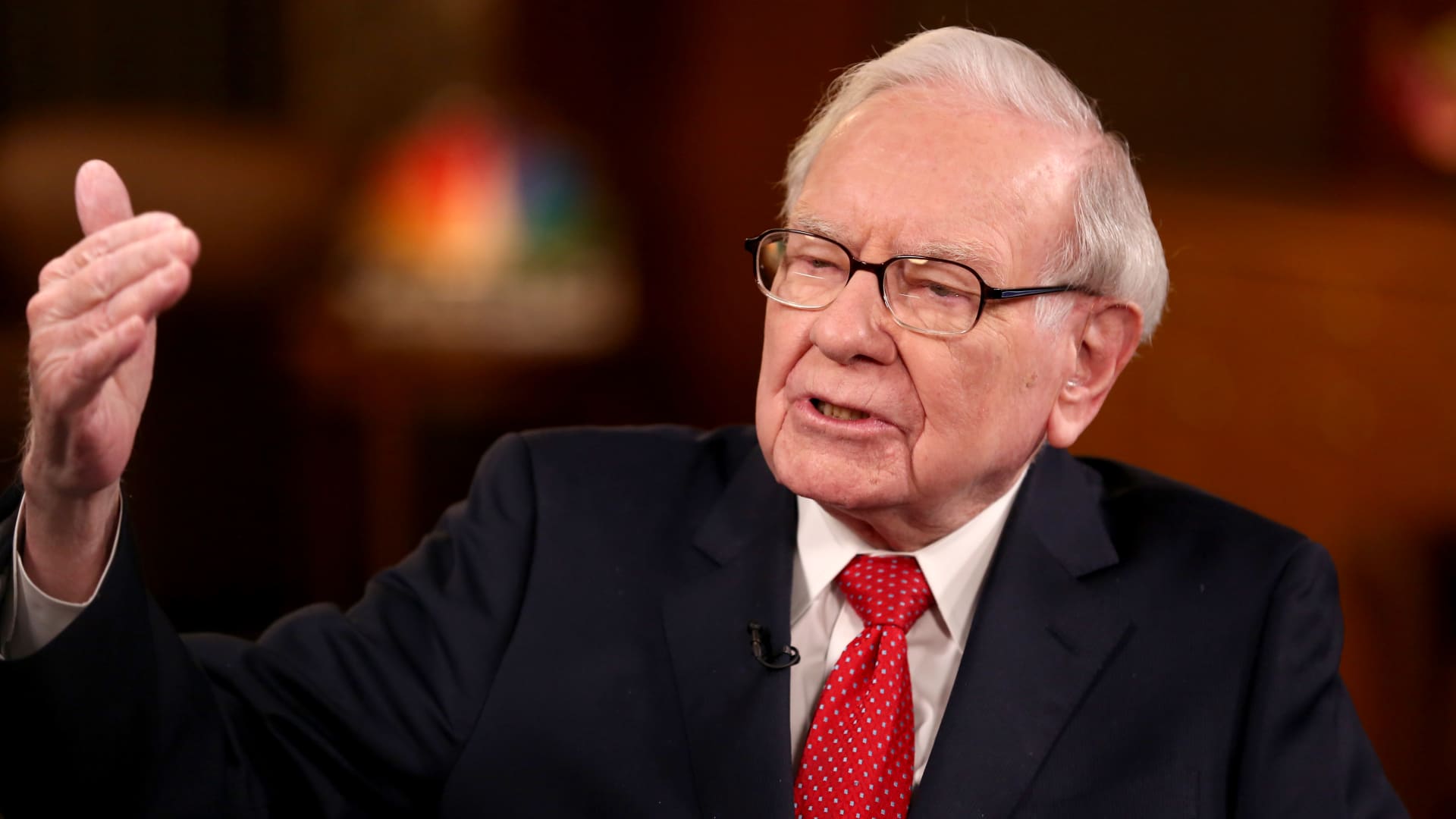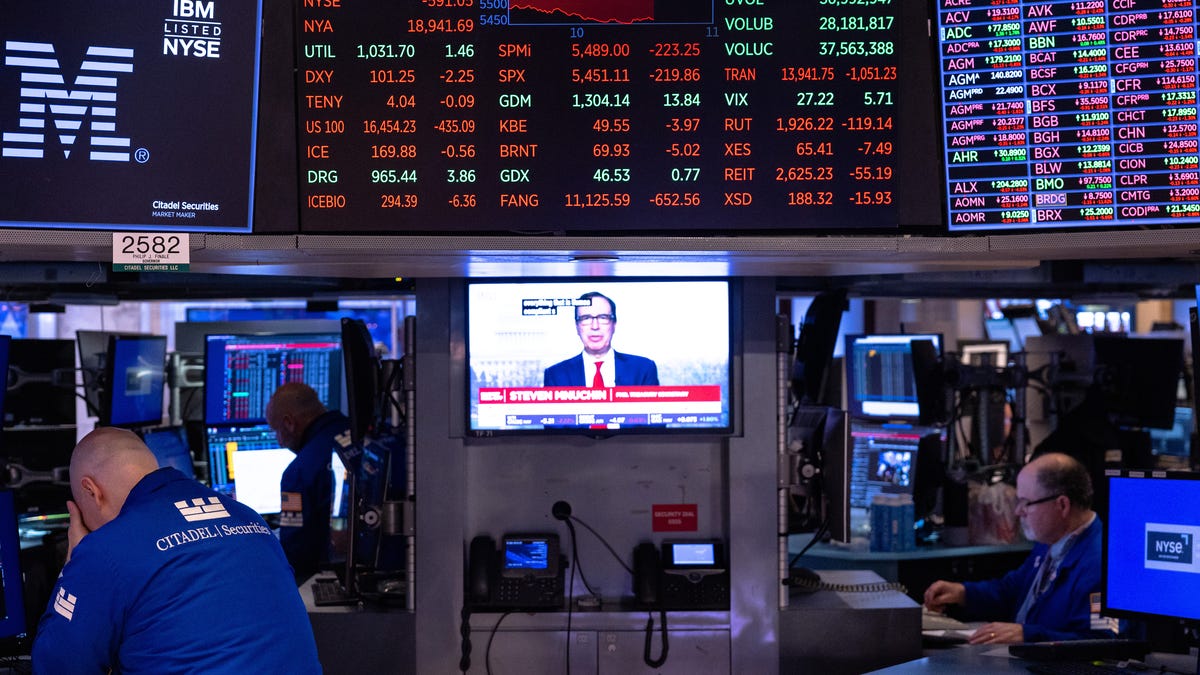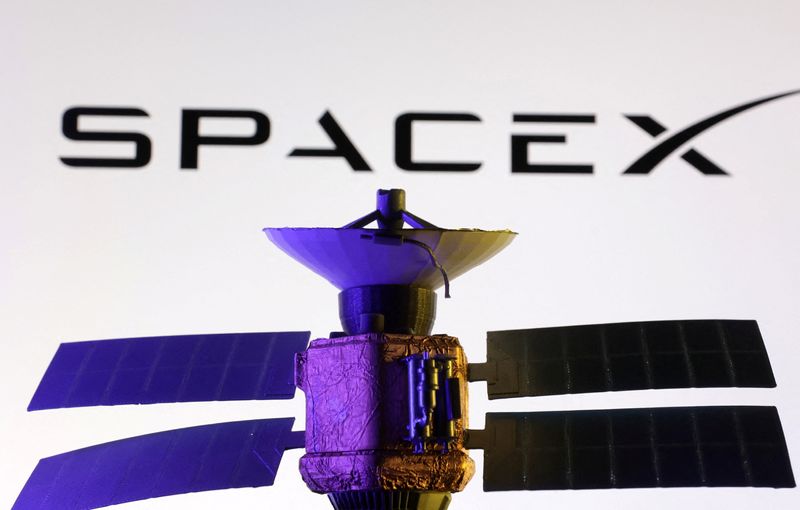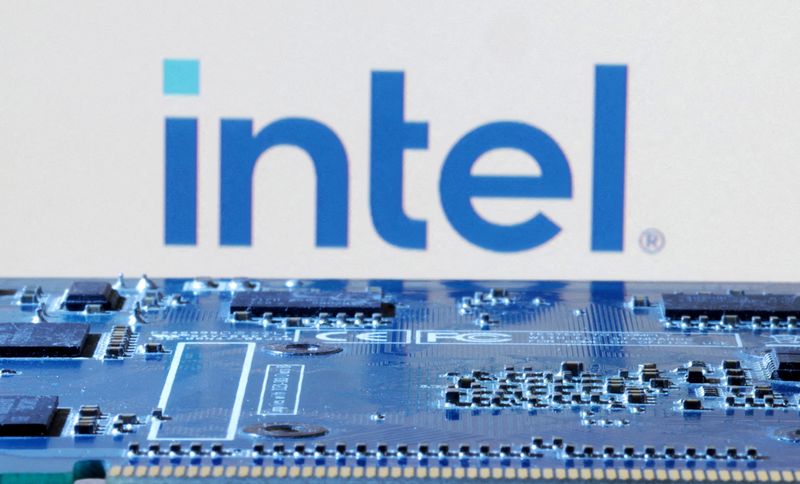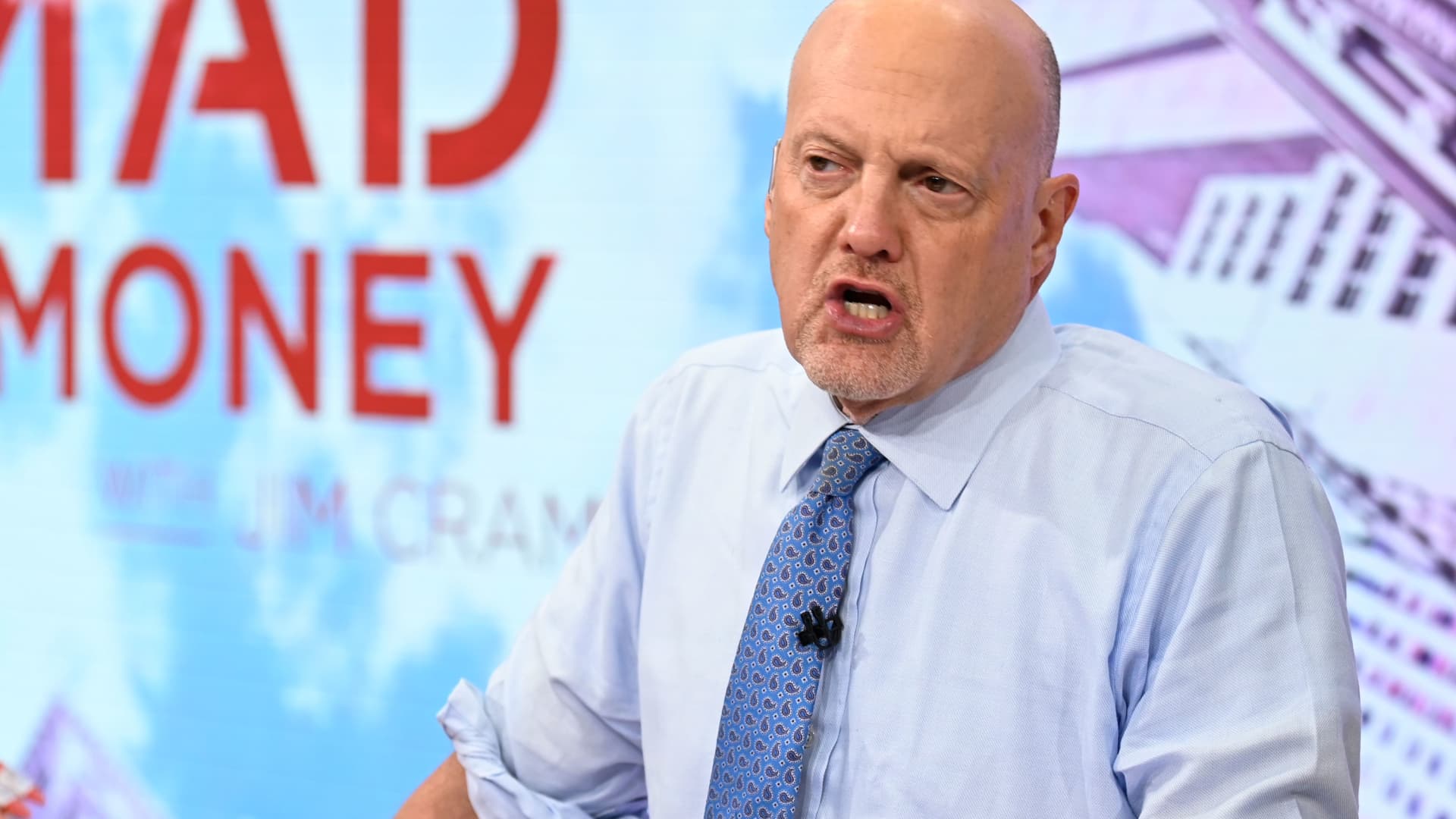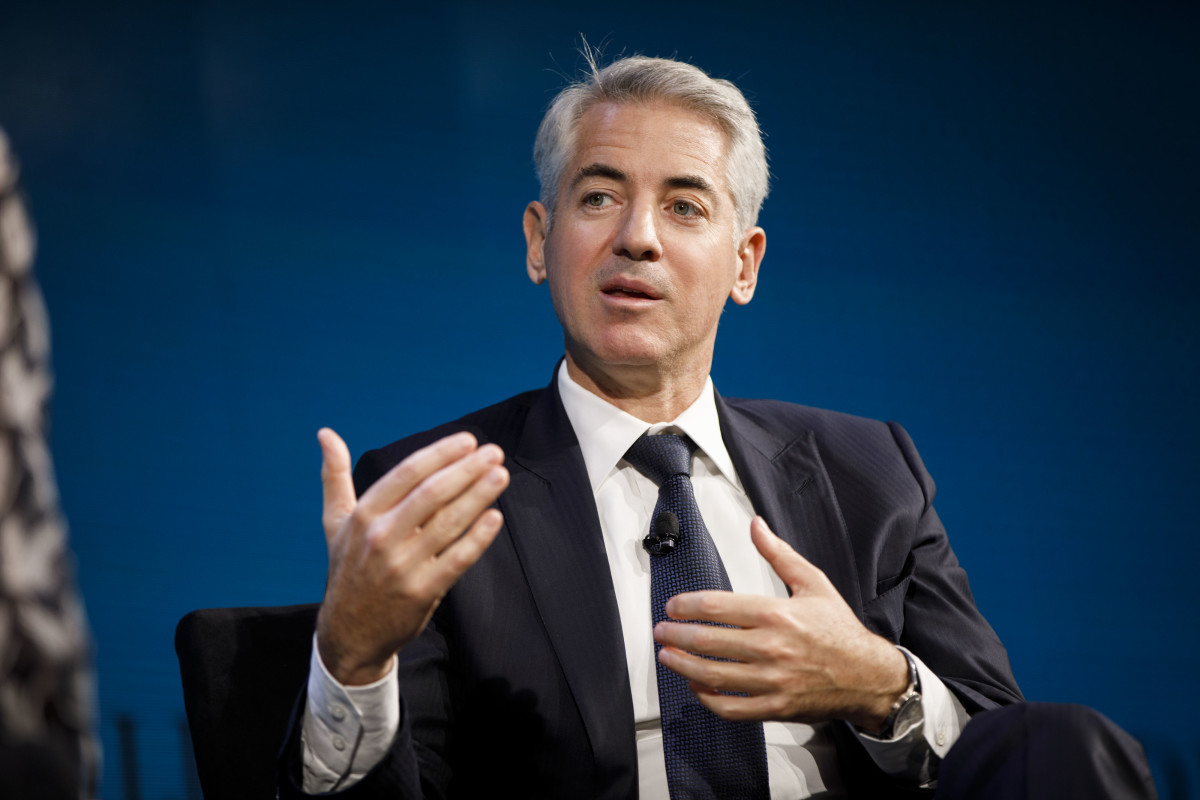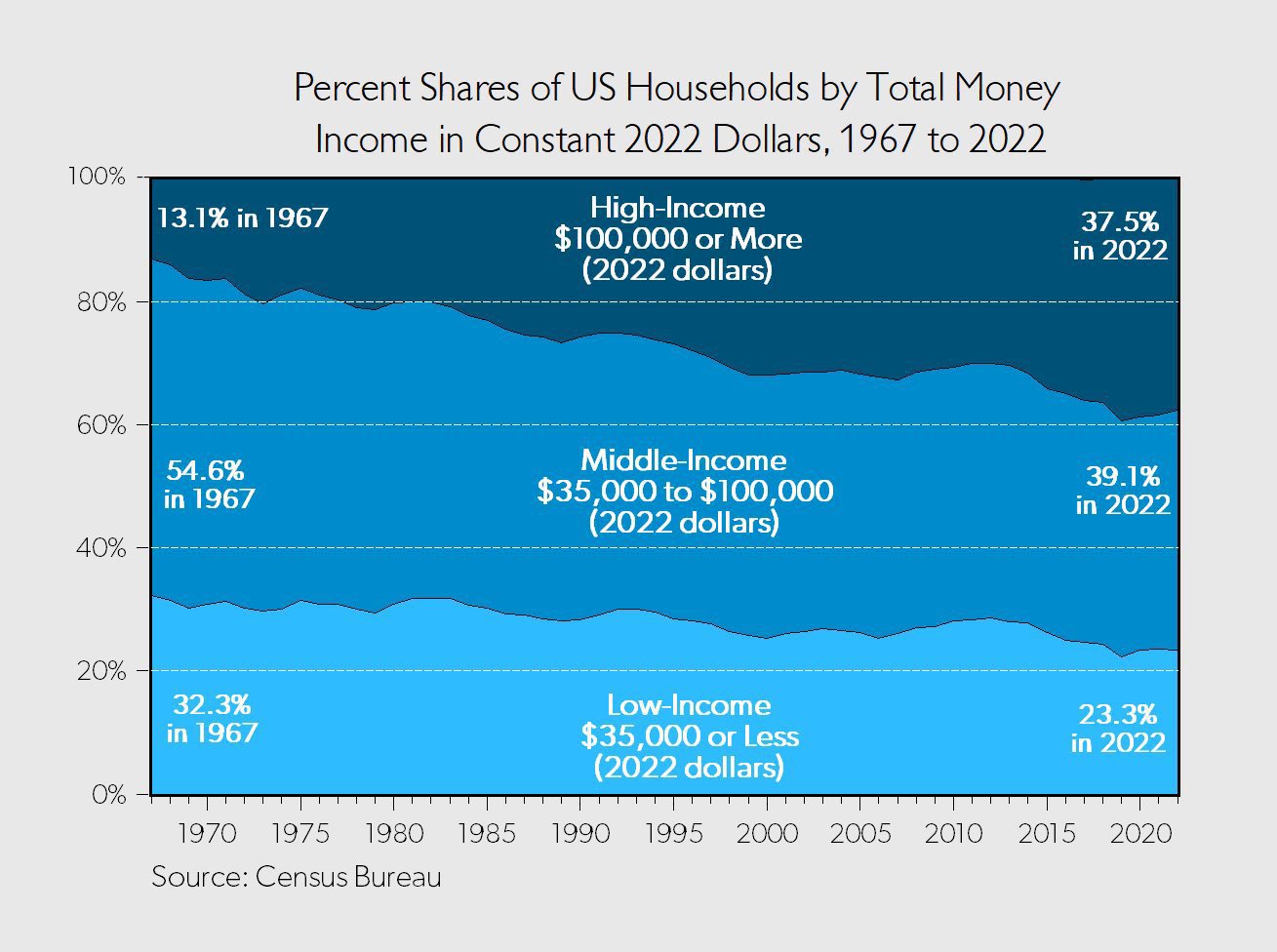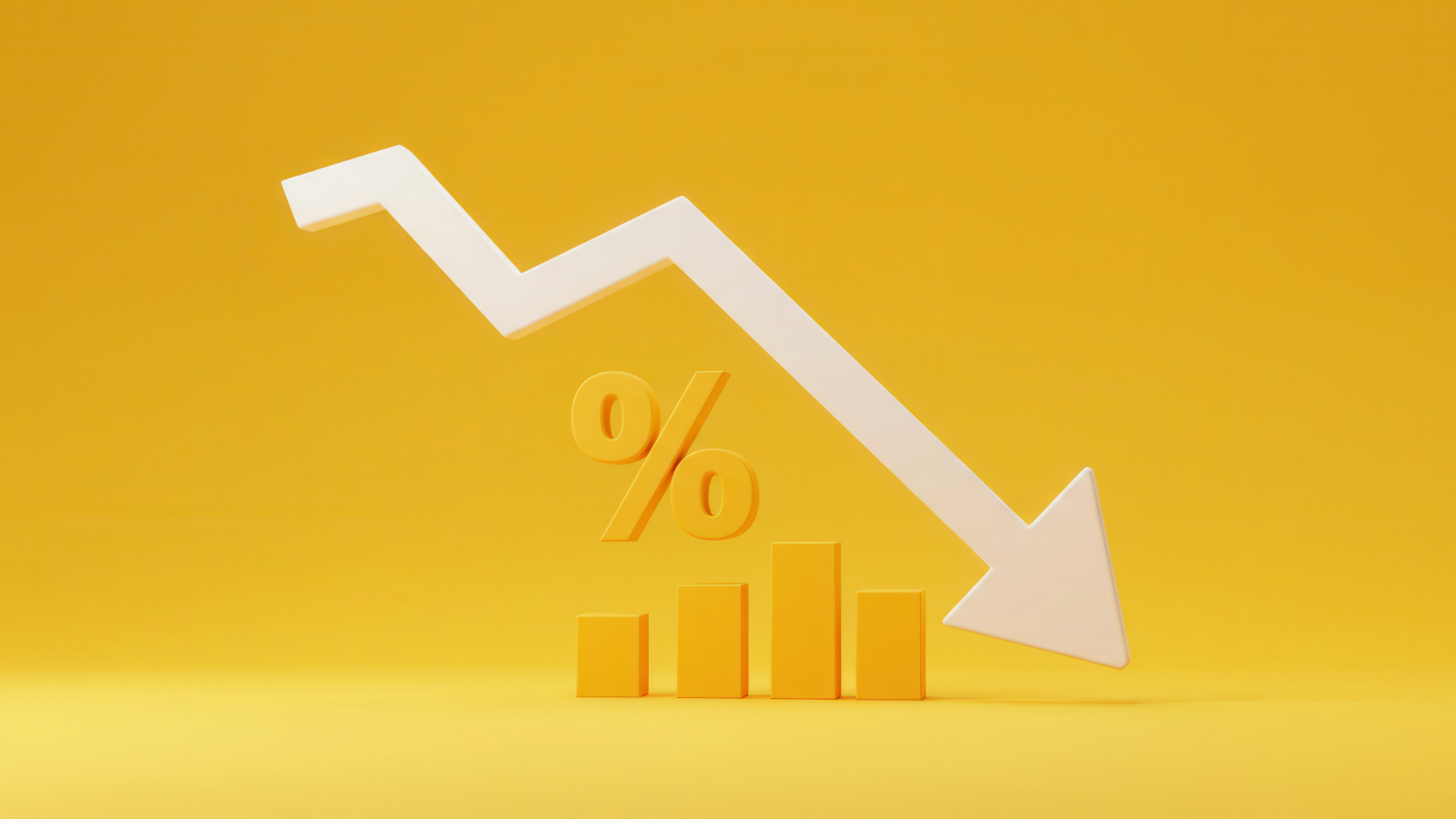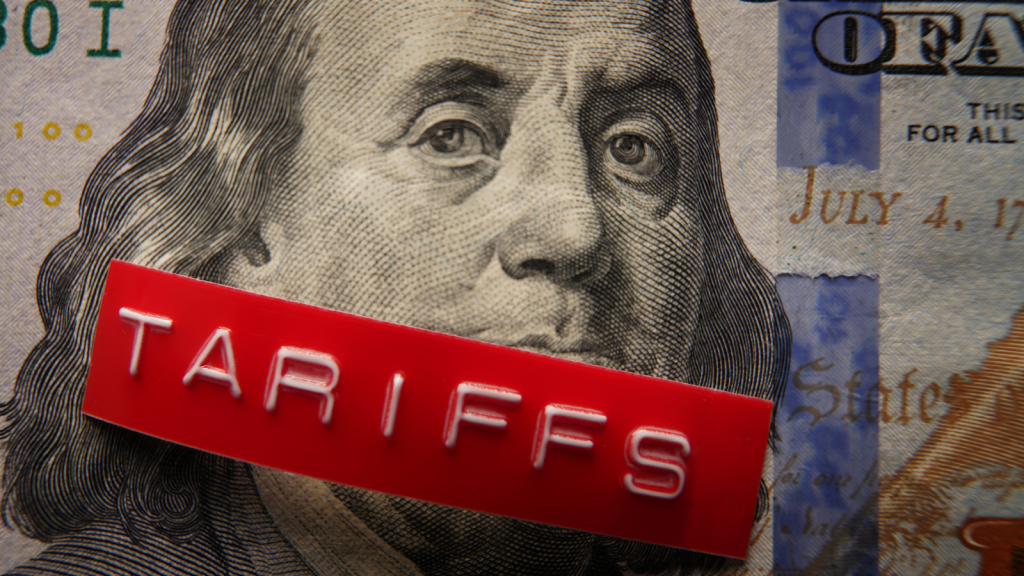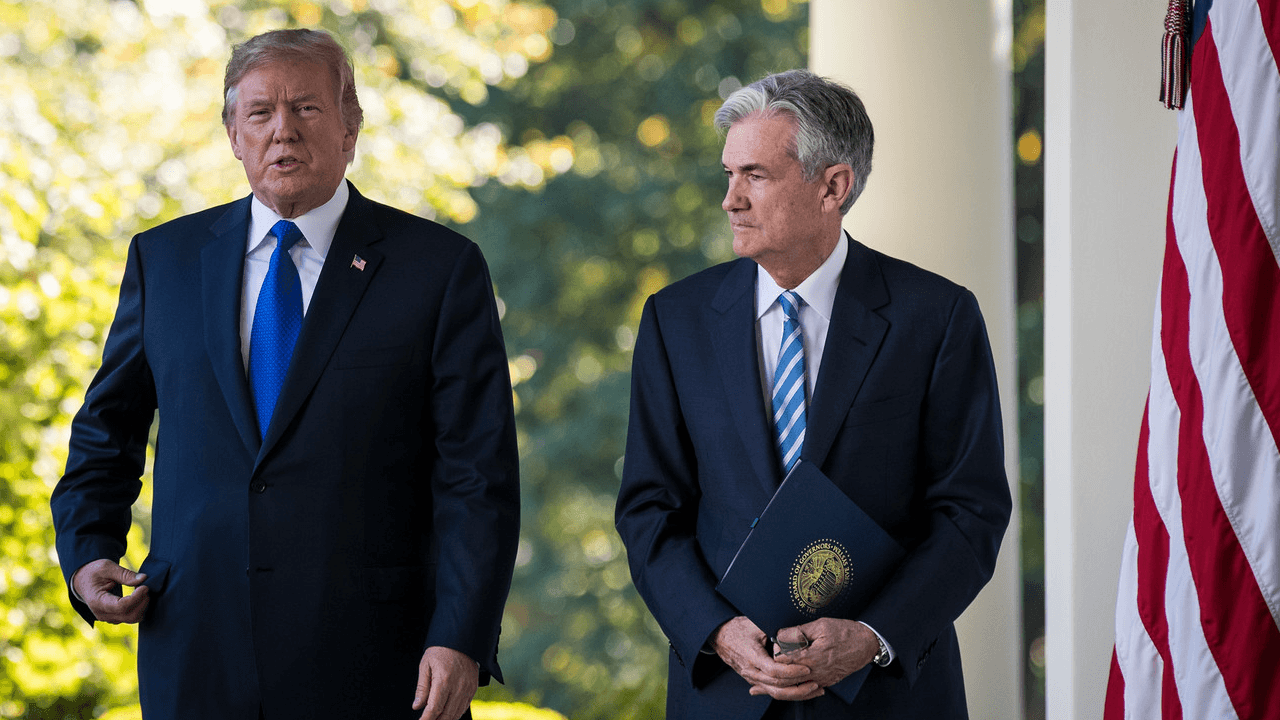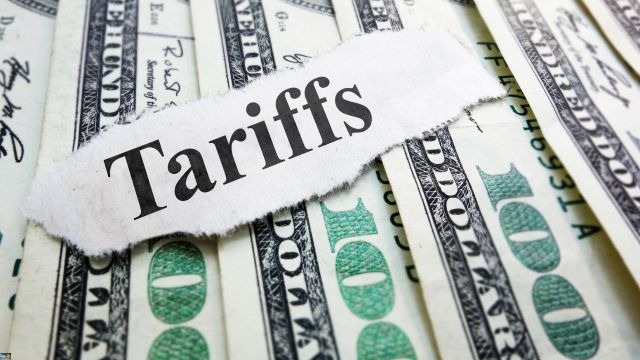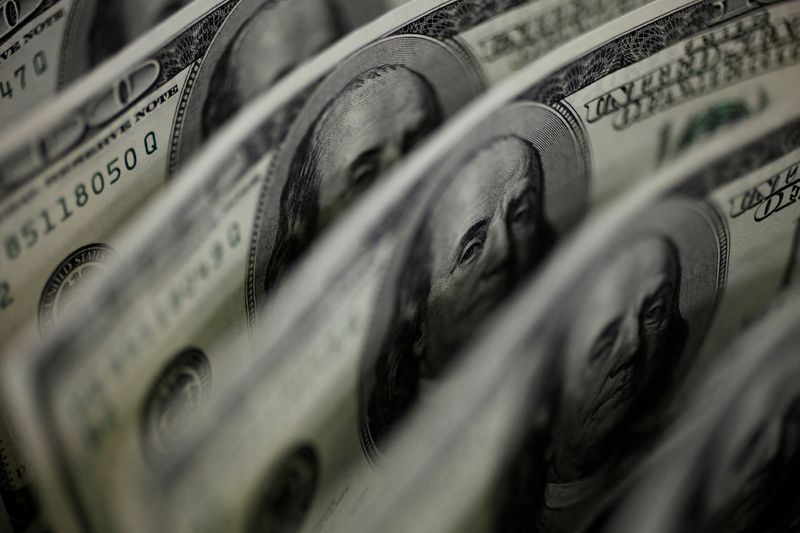Circle’s IPO Filing Tests Crypto Market Confidence After Trump’s Tariff Shock
Circle’s long-awaited IPO filing reignites hopes for crypto listings, but shaky markets and weak financials raise doubts.

After U.S. President Donald Trump’s reelection in November, optimism surged among crypto companies eyeing the public markets. Trump floated big promises: clearer rules for the industry and ambitions to make America the crypto capital of the world.
For a moment, it looked like the floodgates might open. IPO pipelines buzzed with activity. Founders dreamed of ringing the opening bell. But beneath the surface, storm clouds were gathering. A bull market is the lifeblood of successful listings, and few foresaw just how rocky the road ahead would become.
Circle didn’t wait for perfect conditions. After years of false starts and regulatory hangups, the stablecoin issuer finally filed its S-1 with the U.S. Securities and Exchange Commission (SEC) on Tuesday, taking a long-delayed step toward becoming a publicly traded company.
The filing landed with a mix of energy and doubt. Some in the industry saw it as a bullish signal—another crypto heavyweight inching closer to the public markets. Others questioned the timing. Markets remain shaky, and Circle’s path to a successful debut is far from guaranteed.
"I believe Circle will be able to price their IPO and raise capital, however it isn't going to be easy,” said David Pakman, managing partner and head of venture investments at CoinFund. “Generally, companies going public would like to debut during strong equity markets.”
Equities have been in a free fall since Trump announced so-called reciprocal tariffs on about 90 U.S. trade partners, including China and the European Union, deepening fears of a global recession. Both the S&P 500 and the Nasdaq have dipped 11% and 17% year-to-date, respectively, marking one of the worst quarters in recent years.
As a result, cloud computing firm CloudWeave, which went public last month, saw a disappointing debut, even though the stock rebounded on the second day of trading as investor demand for artificial intelligence companies appears to be stronger than short-term anxiety in markets. Payments app Klarna said it paused its IPO plan earlier today.
But Circle doesn’t just face broader market jitters as a potential threat to its IPO. Analysts have pointed out the company’s financials, which could make it difficult to attract investors.
“While I personally have tremendous respect and appreciation for Circle and their leadership, their financials show the challenges they have faced with growth and the high cost of their distribution partnerships,” Pakman, who noted that he still believes long-term value of the company, said.
Circle’s IPO filing revealed shrinking gross margins and high spending, which comes at a time when clearer stablecoin regulation could bring increased competition to the market.
“Circle is currently being priced like a traditional crypto business — cyclical, interest rate-dependent, and not diversified enough. If Circle can evolve to look more like a payments network with high margins and strong moats, its valuation might reflect that,” Lorenzo Valente, a crypto analyst at ARK Invest, wrote in a post on X.
Many aspects about the company’s structure seem to be in question, including how its revenue-sharing agreement will evolve, as well as the growth of Base, the blockchain created by Coinbase that uses Circle’s USDC, according to Valente.
“One precaution Circle has taken is a lower valuation. But, still hurdles remain as the rollout and implementation of digital rails in the banking system will take time,” said Mark Connors, chief investment strategist at Risk Dimensions, a New York-based Bitcoin investment advisory.
Circle’s rumored valuation of $4 billion to $6 billion, roughly 13 to 20 times its adjusted EBITDA, is in line with Coinbase and Block, and “not necessarily cheap, especially considering its recent drop in profitability,” Valente said.
“We do like the prospect for the growth in US-backed stablecoins based on the growing commercial use, shift in U.S. the regulatory and legislative (GENIUS Act) winds and the U.S. Treasury’s incentive to find new buyers of its growing stack of U.S. T-Bills,” according to Connors.
Over $6 trillion of Treasury bills will be rolled over this year, with additional issuance likely to fund the still-growing U.S. deficit.
Despite market uncertainty about the remaining year, several other crypto natives are looking to fulfill their IPO dreams, including Kraken, Gemini, Blockchain.com, Bullish (the parent company of CoinDesk) and BitGo. Even more crypto firms are rumored to be in talks to go public as well.
However, others will likely put their IPO plans on hold as they wait for regulatory clarity and better market conditions. Analysts at crypto M&A advisory firm Architect Partners expect the majority of IPOs to be filed in the second half of 2025 after written regulations and policies are clearly completed.




